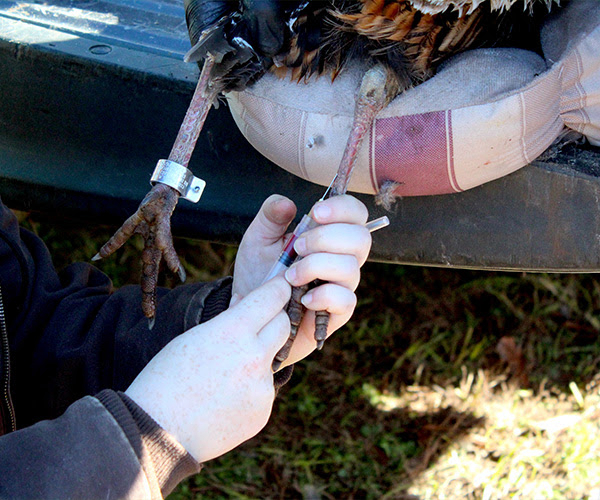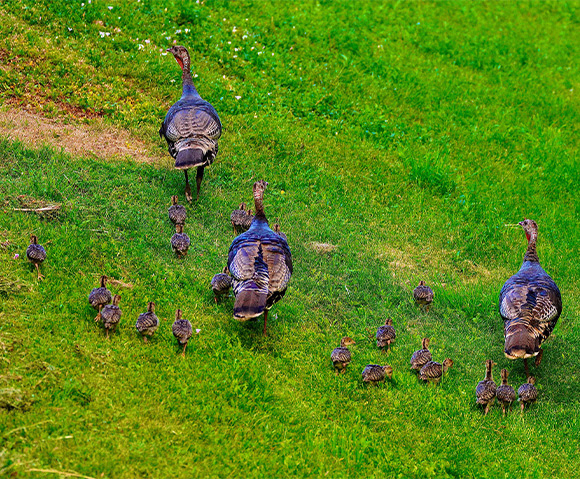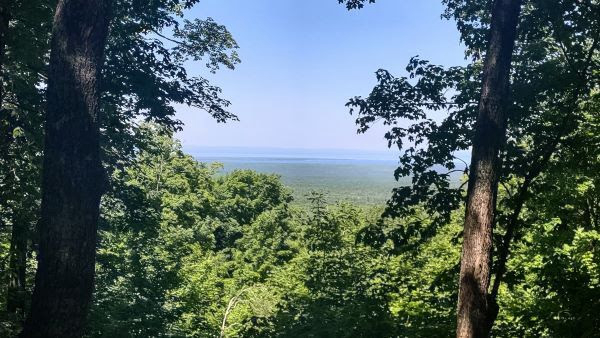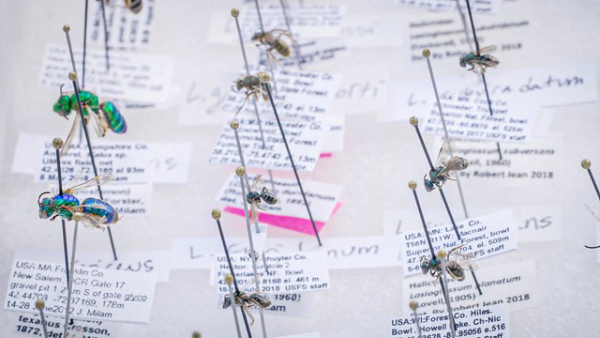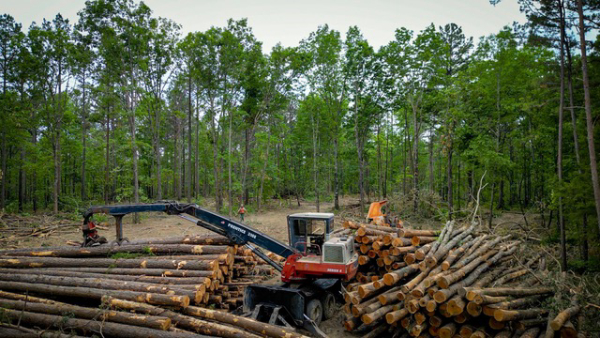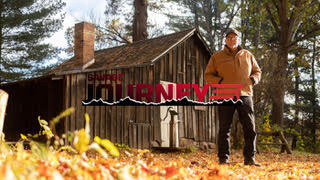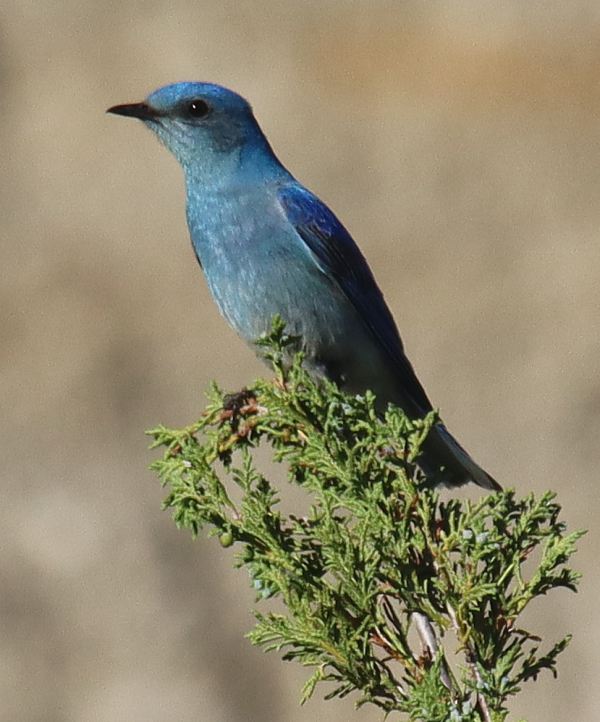NWTF Introduces New Initiative to Combat Turkey Declines in Southeast
EDGEFIELD, S.C. — At its National Leadership Conference in Ridgedale, Missouri, the National Wild Turkey Federation revealed its new Habitat for the Hatch initiative, a southeastern landscape-scale effort that will directly combat the decline in wild turkey populations and improve overall ecosystem health.
Habitat for the Hatch will be laser focused on creating essential nesting habitat in close proximity to quality brood range. This new initiative seeks to create 1 million acres that fit these specific criteria in the next 10 years.
“We will continue our critical work addressing the complete annual cycle of wild turkey habitat needs,” NWTF co-CEO Kurt Dyroff said. “However, we must significantly increase the available acreage of quality nesting and brood-rearing habitat that is necessary for poult recruitment year after year. Habitat for the Hatch will do just that and on a scale that makes a quantifiable difference. This will result in more turkeys across the Southeast and ensure our beloved bird is conserved into perpetuity.”
(The initiative area consists of NWTF‘s America‘s Mid-South Rebirth and America‘s Southern Piney Woods Big 6 Regions. Those regions include all or portions of Alabama, Arkansas, Florida, Georgia, Illinois, Indiana, Kentucky, Louisiana, Mississippi, Missouri, Nebraska, North Carolina, Ohio, Oklahoma, South Carolina, Tennessee, Texas and Virginia.)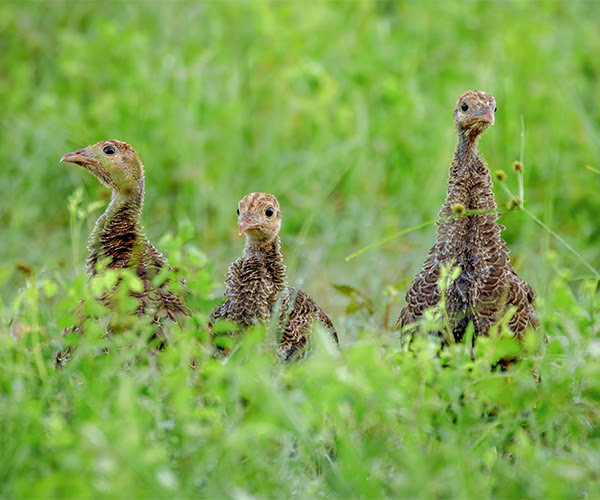 Read more
Read more



